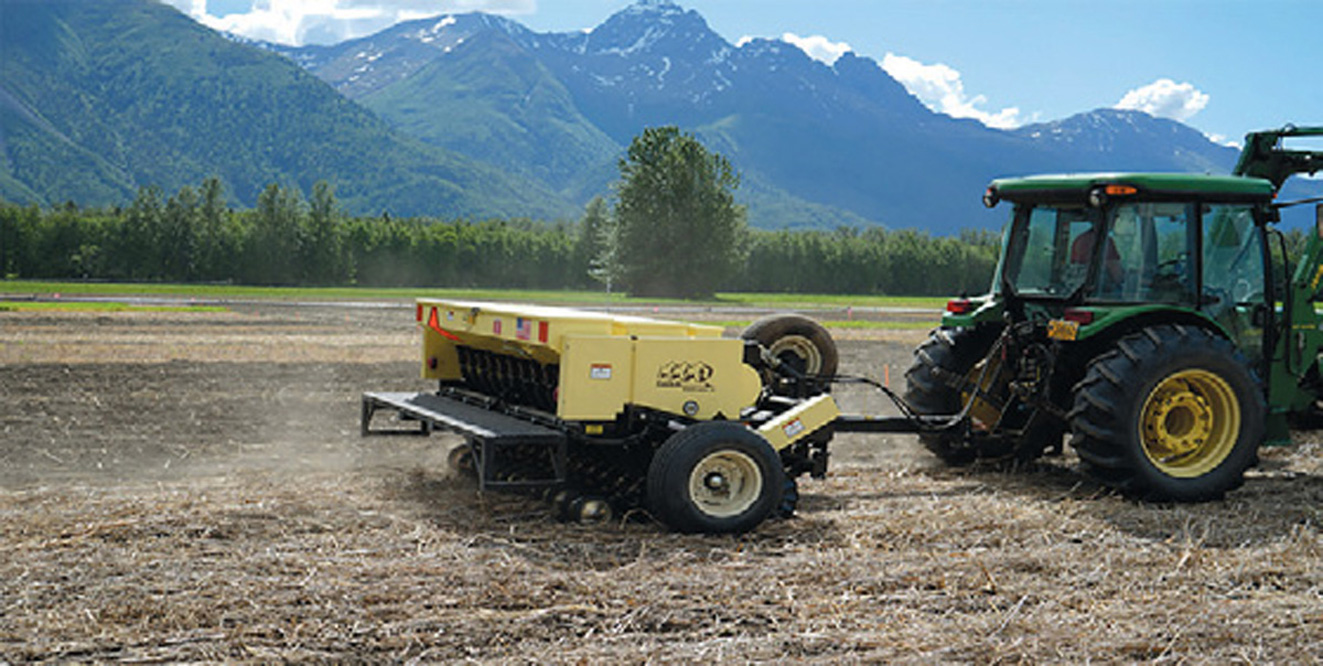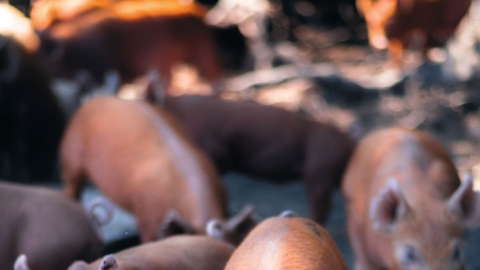Unlock the Secrets in the Soil
Healthy Soil is Alive Did you know… there are more soil microorganisms in one teaspoon of healthy soil than there are people on earth? Millions of species and billions of organisms in the soil—bacteria, fungi, protozoa, microscopic insects, earthworms, beetles, mites, and more—represent the greatest concentration of biomass anywhere on the planet. Th ese living soil organisms, referred to as soil microbes, work together to create a symbiotic ecosystem that sustains plants, animals, and humans. If you farm or garden, or if you tend to a yard or other green space, you can help keep the soil ecosystem healthy with the principles of soil health.
The Five Principles of Soil Health
1. Minimize Disturbance: Try no-till planting. Tillage destroys soil aggregation structure, which is the habitat soil microorganisms need to ensure critical soil functions like nutrient cycling. Tillage can also reduce organic matter content and increase erosion.
2. Keep it Covered: Soil cover prevents soil loss to wind or water erosion, increases soil water infiltration, and improves organic matter. Try mulching, leaving crop residue behind from past harvests, and planting a cover crop. Avoid bare soil.
3. Diversity Above for Diversity Below: Maximizing the diversity of plant species above ground will increase the diversity of soil microbial activity below ground, resulting in a more resilient soil ecosystem that can withstand or even remove pest pressures and disease. When you plant a cover crop, mix multiple species, include pollinator habitat, and consider companion crops. Rotate crops to different beds or growing areas each growing season.
4. Keep a Living Root in the Soil: Try to keep a living root in the soil all year long. Th is can be achieved by planting diverse cover crops or rotating your crops. Choose winter-hardy perennial varieties.
5. Integrate Livestock: If available, integrate cattle, goats, or other livestock into your soil health management system. Animals can graze off a cover crop while adding natural fertilizer to the soil. Animal inputs can also inoculate the soil with living microbes.
Interested in learning more? Th e USDA Natural Resources Conservation Service offers free technical assistance and financial assistance to help Alaska growers improve soil health.
Contact Your Local USDA Office:
Natural Resources Conservation Service
nrcs.usda.gov/ak
907-761-7760















